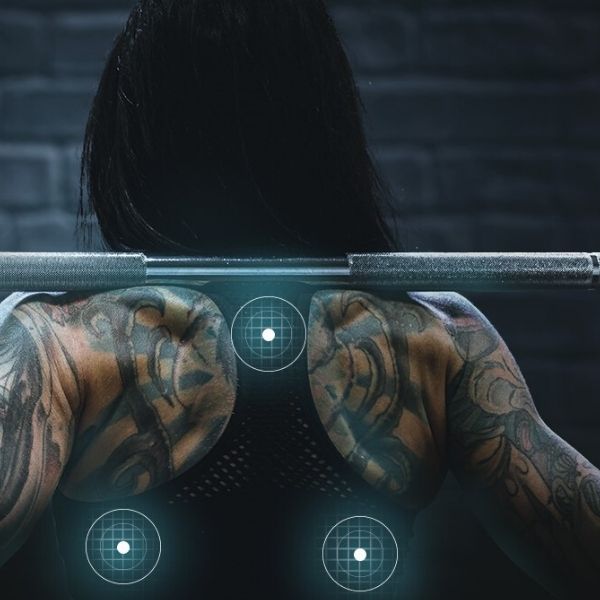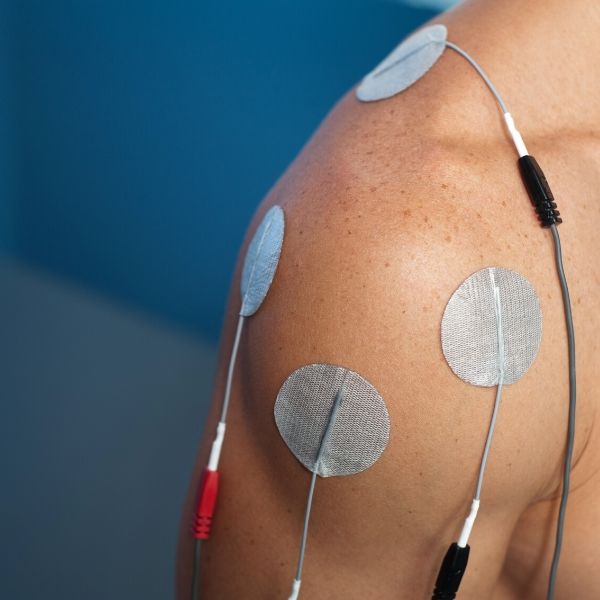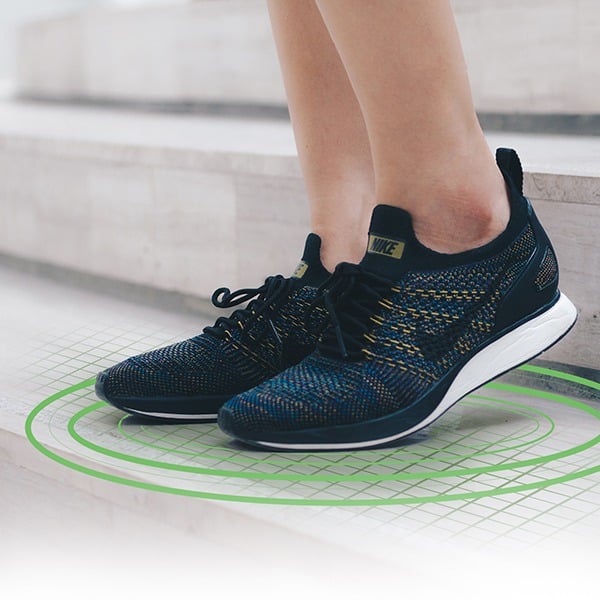The sensor is a pretty broad term. Sensors can be used in a wide variety of wearables and industries. The medical industry use sensors to constantly monitor patients’ vitals. One of the worst things about most of the sensors in hospitals is that it’s too easy to get tangled in the wires.
Luckily printed electronics have solved that problem. In printed electronics, the electricity flows through traces of conductive carbon or silver inks instead of wires. Encapsulant layers can be added to protect the sensor and make it washable too.
The hardware set up to the sensors can track and record data through Bluetooth and a smartphone app. When designing sensors consider where the sensor plans on being used. No gels are needed, but skin to skin contact is still required to get accurate measurements.
Biosensors
Biosensors need to have chemicals to react with. The most common biosensors are for measuring glucose levels in the blood. Other kinds of biosensors can measure the salinity in sweat for hydration levels.
Electrocardiogram (ECG / EKG) printed sensors for heart rate monitoring
ECG sensors are one of the more popular sensors. Traditionally electrocardiograph sensors include a sticky pad and lots of wires. Printed EKG sensors are much more comfortable and convenient.
Electroencephalogram (EEG) printed sensors for monitoring brain activity
EEG sensors are common among doctors to diagnose conditions associated with head injuries. The sensors commonly connect to the forehead. By studying patients’ brain electrical impulses and patterns doctors can find abnormalities associated with seizures, brain tumors, or sleeping problems.
Surface Electromyogram (sEMG) printed sensors for monitoring muscle activity
Surface EMG electrodes are more common than invasive needle electrodes. SEMG electrodes are popular in wearables, especially for fitness tracking. These sensors can transmit data like muscle fatigue back to the users’ cell phone via Bluetooth.
Electrical Muscle Stimulation (EMS), often called “e-STIM”
Innovative technology like e-STIM is growing fast in medical and athletic industries. EMS works by sending electrical impulses into the muscles. The e-STIM hardware can send out a variety of frequencies to relieve muscle pain or even stress. These electrodes can also be used with hydrogel or adhesive patches.

“TENS” or Transcutaneous Electrical Nerve Stimulation
Very Similar to s-STIM, the TENS treatment sends electrical impulses into the users’ nerves. Depending on what type of pain, doctors could prescribe patients to receive a TENS treatment. The leads can be individual or connect to a web with a single connector tail.
Force Sensors
Force sensors also known as force sensing resistors can come in a wide range of applications. They are popular in performance sportswear and inventory control. A force sensor can be a single small and sensitive sensor. FSR’s can be small so there can be many on a single sheet. This is called a force-sensing matrix array.
Capacitive Touch Sensors for proximity/touch sensing
Cap touch also works with your body’s natural electrical impulses. These sensors can me in-molded into a single plastic interface. Also, the sensors behind the plastic can pick up electrical impulses from the user’s finger. There can be a grounding plane around the button to make the button more precise.
Conclusion
I get it, there are a lot of sensors to get confused on. Lots of sensors require the user’s biometric or biological readings. To keep it short, printed sensors can make our lives easier. They make tracking our health vials simple and using electronics even easier.
Meet the Author

Ashley Foster is a graduate of Slippery Rock University, where she earned her Bachelor’s degree in Business Administration, majored in Business Management and minored in Marketing. While Ashley was studying at SRU she found a passion for marketing. Although she is busy working, she spends her free time traveling and hiking with friends. She is also a volunteer for the American Marketing Association, Pittsburgh Chapter, and an active alumni member of FCCLA.Connect with Ashley on LinkedIn.